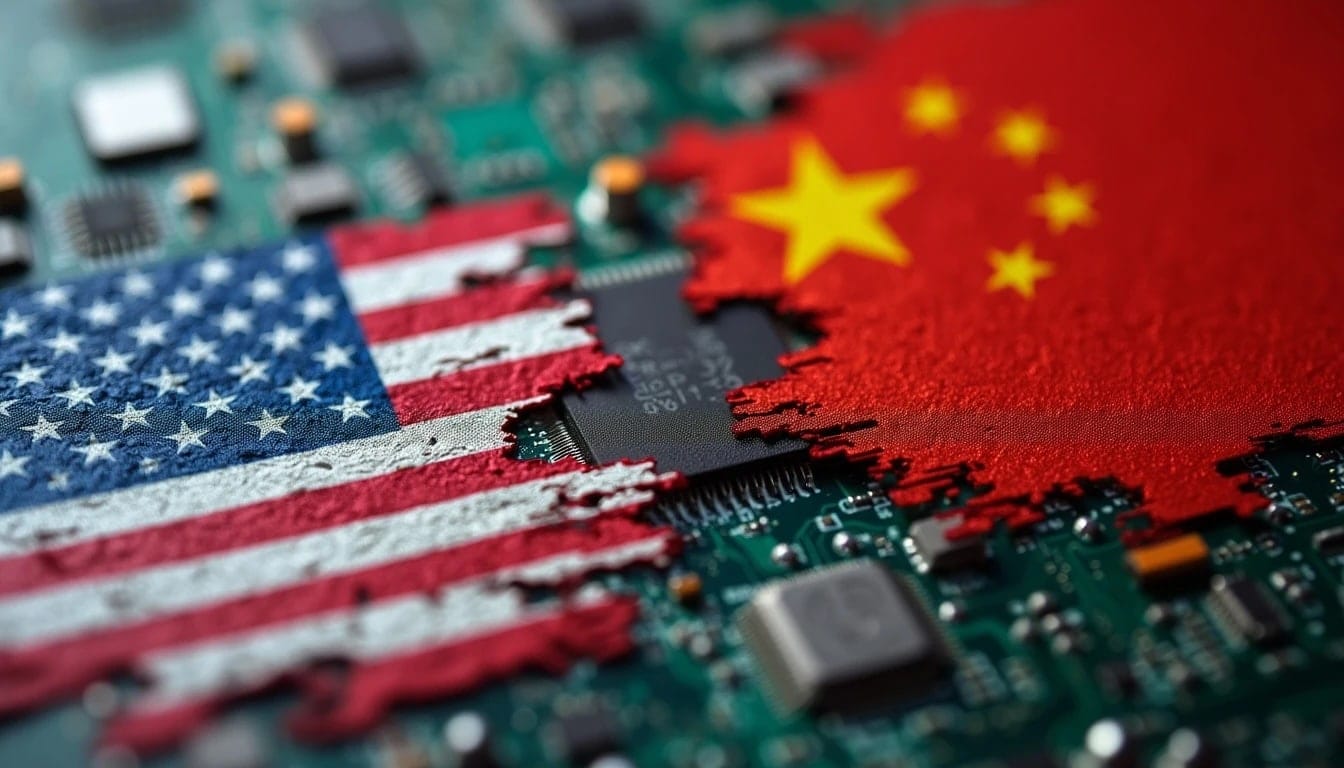Here’s the American English translation of the provided text:
—
The recent imposition of a 34% tariff by the United States on products imported from China has triggered a harsh retaliation from the Asian giant. In a decision with profound geostrategic and technological implications, China has announced a ban on exporting seven critical rare earth elements to the U.S., which are essential for key industries such as semiconductors, electric vehicles, digital storage, and nuclear energy.
The announcement comes after weeks of escalating trade tension following Donald Trump’s return to the political scene with new tariff measures. Under the slogan “Let’s Make America Great Again”, Trump has proposed imposing broad tariffs on imports to boost domestic production. This measure affects not only China but nearly all countries that export to the U.S. market, causing a real market upheaval: Apple has lost more than 10% of its value, Google more than 4%, and NVIDIA around 8%.
A Ban with Serious Industrial Consequences
China’s response materializes in a ban on exporting strategic elements to the U.S. market such as scandium, yttrium, samarium, terbium, dysprosium, lutetium, and gadolinium. All of these are essential components for manufacturing magnets in electric vehicle motors, superconductors, high-capacity storage media, and nuclear reactors.
Although there were already warning signs and alerts from Beijing in 2023 about potential restrictions on these types of materials, the new wave of tariffs has been the definitive trigger. In total, with the new 34% tax, products imported from China to the U.S. now face a cumulative tax burden of 54%.
Global Shortages and Price Increases
China’s move is not minor: the country controls more than 80% of the world’s rare earth production. While there are reserves in other regions, such as Australia or the U.S., the infrastructure to extract, process, and distribute these materials globally is limited and costly to develop in the short term.
This situation could lead to a general increase in prices for technological and energy products, from chips to electric vehicles or high-density hard drives. Additionally, there is the potential for shortages of critical materials necessary for the ongoing energy transition and for the U.S. military industry, which is highly dependent on these types of metals.
A Trade Standoff with No Signs of Truce
With the new tariffs set to take effect on April 9, time is running out for Washington to reconsider its stance. Although there is still a possibility that the U.S. administration will modify or delay the implementation of the tariffs, no such move has been announced so far.
China, for its part, has made it clear that it will defend its economic and technological interests. In addition to the restrictions, it is also considering requiring specific export licenses and end-use declarations to prevent these strategic resources from being used against its own interests.
The Geopolitical Landscape is Reconfiguring
The confrontation between the two main economic powers in the world opens a new chapter in the trade war, with unpredictable consequences for other countries. Financial markets are already feeling the impact, and numerous multinational companies, especially in the tech sector, are examining how to adapt their supply chains.
The Chinese ban on rare earths may also accelerate industrial policies in other regions, such as the European Union or India, aimed at reducing dependence on critical materials from abroad.
Meanwhile, analysts agree: this tariff escalation, far from fostering economic stability, threatens to unleash a new era of technological and commercial fragmentation. The coming weeks will be crucial to determine whether this conflict finds diplomatic solutions or, on the contrary, escalates further.

